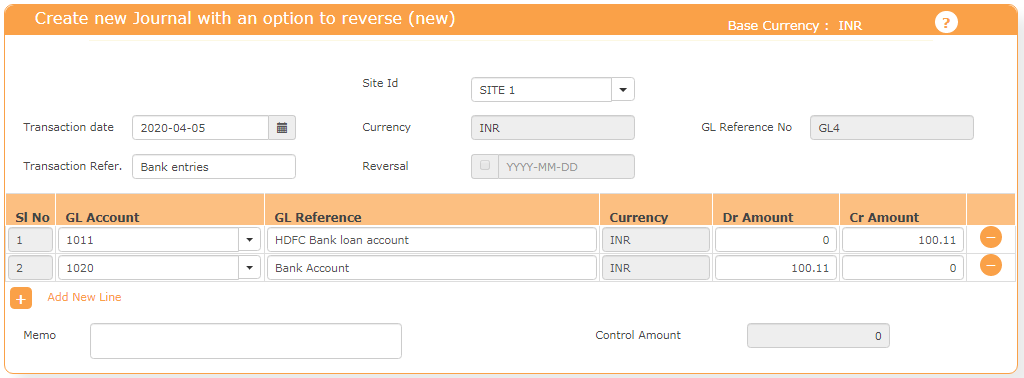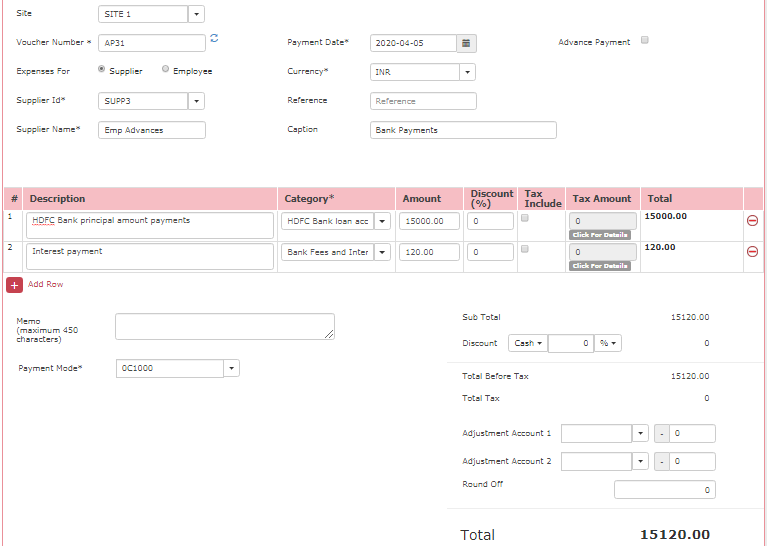How to Pay off Bank Loan Payments and Overdraft Payments?
Highlight: Here we try to address the below details.
- How to handle Bank Loan Payments?
- Why do Bank’s give Bank Loans and Overdraft Payments facilities to business?
- What is the difference between Bank loans and Overdraft?
- What is Overdraft in banking?
- How to pay off Bank Loans?
To run or do expansion of any business, business owners need lot of money. Now these requirements are met either with Owners own money or they take Bank loan at an agreed interest payments. This money is taken for buying new machines or new building or new warehouse to storage. These investments happens as per companies business plans. So business takes Bank Loans and Overdraft facilities. How to process Bank Loan Payments?
One major difference on how Business uses these facilities is, a bank loan is used mainly for Capital investments, while Overdraft is used for working capital needs.
What is the difference between Bank Loans and Overdraft Loans?
Bank loans as the name says is a loan from bank against a particular activities and is issued against a collateral of Assets. Overdraft is a facility that’s issued to a Business against the collateral assets, but the limit can be reset as the payment happens.
For example, you have a Overdraft facility of US$ 100,000. This means, you can draw this money whenever you want and you pay the interest for the withdrawn amount only. Now you take, US$ 48,000 and the available limit reduces to US$ 52,000. When you return the earlier Loaned money, then the total amount is reset back to US$ 100,000.00. This is also revolving overdraft facility too.
Business case: It is a normal practice that customers take the Overdraft and Cash credit loan from banks and these have to be paid by by PRINCIPLE and INTEREST Amounts.
How to Pay off Bank Loan Payments and Overdraft payments?
In ACTouch ERP, we need to do few settings to use this functionality.
Step-1: Create an account in “Account Master”
1. Create an account with a CATEGORY as “Bank” for Bank accounts
2. If it’s a Loan account, create under a category “Bank Overdraft”
Overdraft Accounts are type of “LOAN Accounts” from which the Customer can DRAW the money and pay back to the account with Interest. Please note these interest is calculated at the month end.

Step-2: Create a liability in the LOAN Account as we are receiving the money and DEBIT to our BANK Account.
Go to General Ledger -> Journal Entry and pass the CORRECT Journal entries.
The way to create Liability is SHOW the MONEY into our BANK Account (as we received it) and Corresponding LOAN ACCOUNTs (That gave the money)

Step-3: On “Due date” pay the money to “Overdraft or Loan Accounts”.
If you are paying the INTEREST to separate account, please create an INTEREST ACCOUNT and use it.
Typically the accounting handling is different as
- The Principle amount is Paid as you get the money.
- But the interest amount is calculated by bank by month end.
Step-4: Now go to PAYMENTS – EXPENSE and ADVANCE PAYMENT (EAP) menus.
Please select the “SUPPLIER” and in the “Supplier name” and in “CAPTION” field, please enter the BANK DETAILS.
Step-5: Pay the money from your BANK Account.
Go to the EAP menu and do the payments.

Step-6: Account statement report: This report shows the transaction details.
To ensure that transactions are right, check the data in the Reports and confirm.